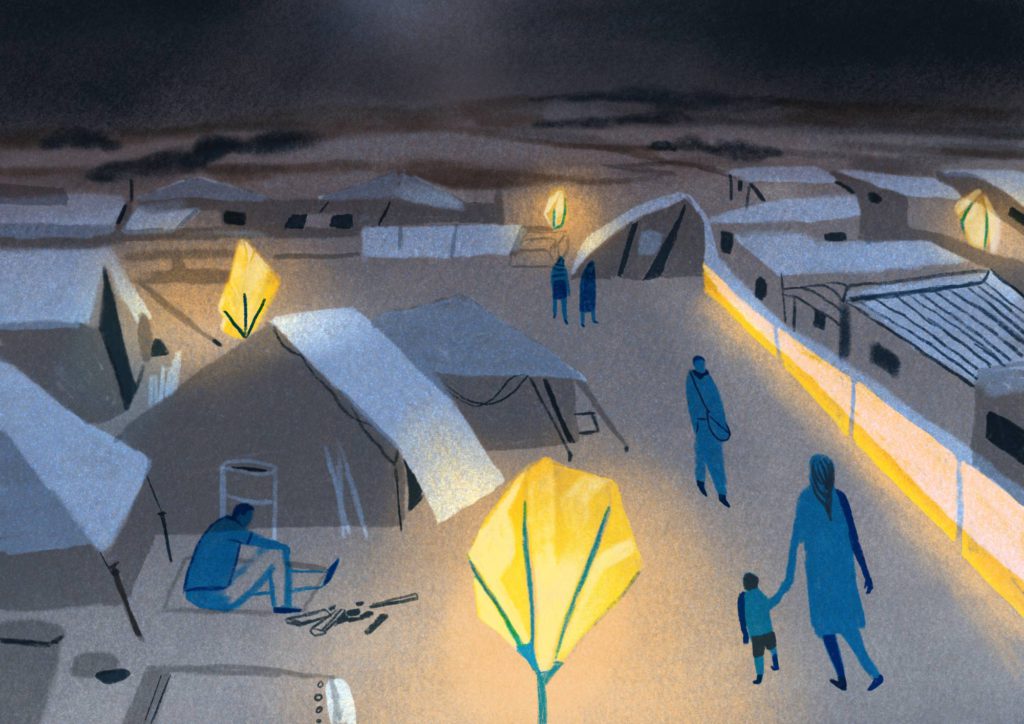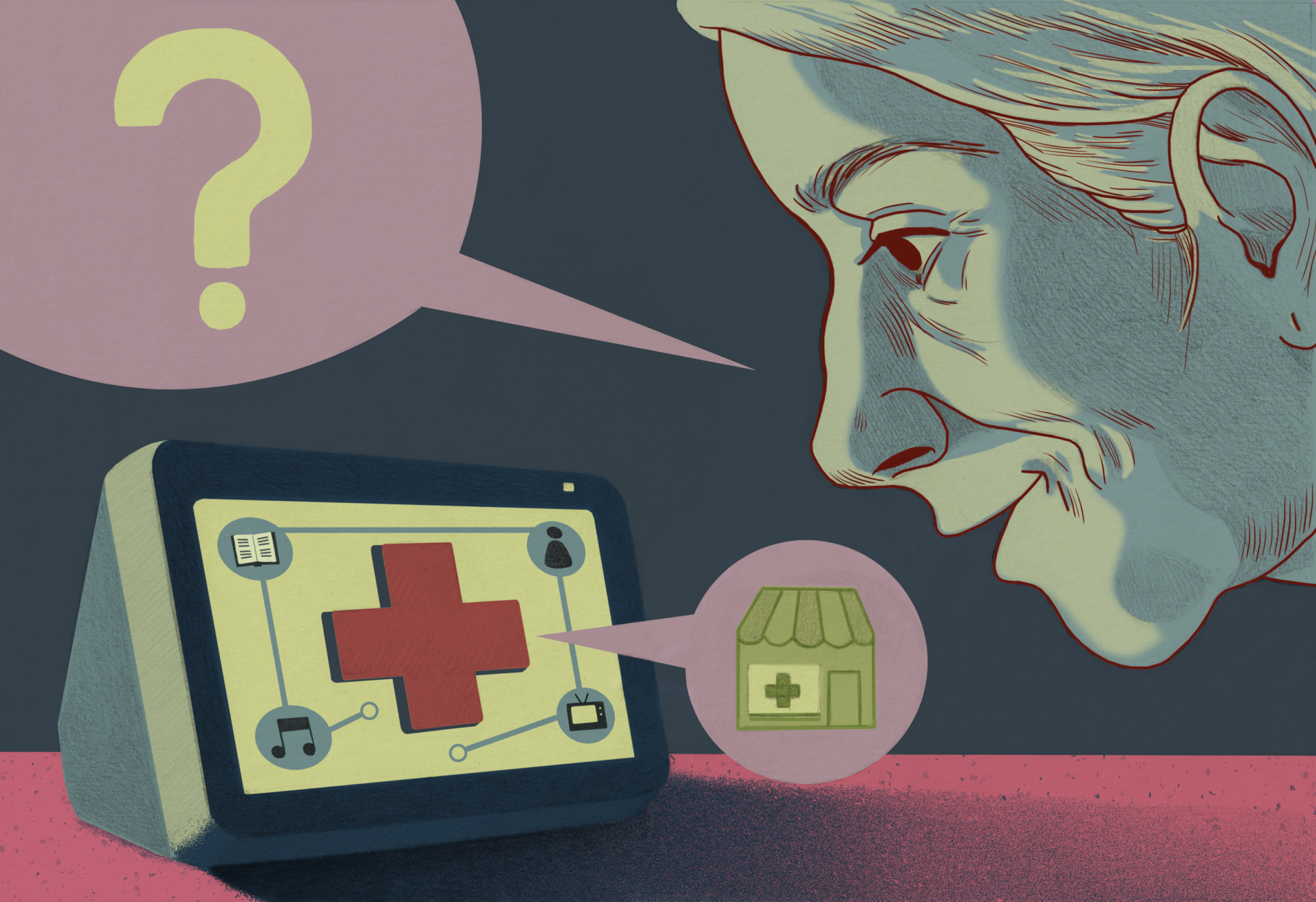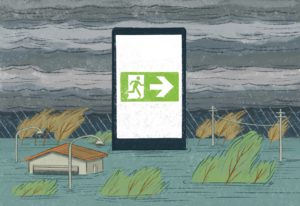
Description
Light, easy to handle and resistant, SOLLUNE tarpaulin collects sunlight during the daytime to provide soft lighting to break the darkness at night. This comprehensive and self-sufficient solution works following the ongoing day and night cycle, i.e., lightning and darkness. With zero-emission operation, it does not require any photovoltaic panel, battery, wire, LED, bulb, or any intervention or handling once the tarpaulin is set up.
Context
Development assistance
In 2019, the World Bank estimated that 840 million people lacked electricity in the world. It should be noted that an even greater number of people do not have public lighting enabling them to move around, therefore to carry out their activities after dusk in minimum safety conditions: localization, natural hazards, assaults against people, etc. This situation concerns 40% of the world’s population who live in the countries between the two tropics where night is generally between 6 p.m. and 6 a.m. the whole year round.
Emergency humanitarian aid
Natural disasters have short- and long-term consequences on the technical and financial resources of affected countries and require new means for efficiently responding to community needs in both the emergency and recovery periods. While the number of armed conflicts increases, natural disasters are also on the rise, leading to a significant increase in the number of uprooted people in the world. There were 79,5 million displaced people in 2019 according to the UNHCR. This situation implies that official camps and informal refugee settlements are created, both of which require rapid solutions to be implemented with minimum safety and signage, without requiring human resources to install, operate and maintain the solutions.
First aid and other emergency responses
First aid interventions in territories that are temporarily or permanently deprived of electricity require a rapid and efficient solution for securing and signalling the intervention zone for several days.
Power grid failure
In case of power grid failure, preventive installations for safety and signage are recommended wherever the communities cannot rely on the reliability of lightning solutions.
Strategy to reduce electricity consumption
In France, the annual impact of public lighting and signage costs 250 million euro and is responsible for 84 million tons of CO2. Therefore, in France, under the Light Pollution Policy adopted on 27 December 2018, it could be interesting to look for situations where minimum lighting provided by phosphorescence or hybrid solutions, such as electric lighting and phosphorescent solution, would provide the sufficient and necessary response to lighting needs.
Technical details & Operations
A tarpaulin that charges when exposed to sunlight or artificial lighting
After a minimum of one hour exposure to the sun, the SOLLUNE tarpaulin emits light in a self-sufficient and optimal way all night long. The efficiency of daytime charging relies on the UV-radiation and light-exposure. Thus, to ensure its optimal use, the SOLLUNE tarpaulin needs to be exposed to:
– direct or indirect sunlight, with or without clouds;
– the strongest possible artificial light source, such as intermittently activated to save energy.
Light emission
Phosphorescence emits a soft light similar to full moonlight. This lighting unfolds its full power when immersed in total darkness. The human eye needs 10 to 15 minutes to get used to the surrounding darkness when the light decreases. The light emitted by the SOLLUNE tarpaulin allows the vision not to be disturbed by the “sensitivity saturation” effect.
Optimal situations for using the tarpaulin
For optimal use, it is preferable to place the tarpaulin on a wall that is completely exposed to the sunlight during daytime, especially before sunset, and completely in the darkness at night. Moreover, its position should ensure that the user’s view is not disturbed by a nearby light source and is already used to darkness for 15 minutes without a light source.
Technical specifications of the tarpaulin
The support is very easy to use and handle in the same way as a classic tarpaulin and does not require any additional accessories, whether in terms of consumables, such as battery or bulb, or electrical charging devices. Its reliability to communities is much appreciated as this source of lighting excludes potential breakdowns, maintenance duties or costly maintenance interventions, especially as its installation does not require human resources with specific skills as its set-up is instantaneous and handy. Furthermore, the SOLLUNE tarpaulin is part of a promising environmental approach by using a source of solar energy that is clean, economical, and sustainable. From the outset, the product has been designed with an eco-responsible approach, particularly in the choice of pigments (REACH certified), the support tarpaulin and the packaging (designed following research and development activities that are still ongoing).
Deployment & Impact
As part of its “Research and Innovation” component applied to risk management and climate change, the French Indian Ocean Regional Intervention Platform PIROI (Plateforme d’Intervention Régionale de l’Océan Indien) has been supporting the SOLLUNE phosphorescent tarpaulin development project since 2019. PIROI has 8 national warehouses for the pre-positioning of emergency equipment which aim to meet the needs of populations in the areas of water, hygiene and sanitation, the construction of temporary shelters, non-food essentials and health risk management. Integrating the SOLLUNE tarpaulin into its stocks is an opportunity to develop the quality of the responses provided to communities in times of emergency and to provide them with additional lighting solutions.
The tarpaulin was therefore tested in 2020 on one of PIROI’s intervention sites, in the Fokontany of Ampahana, in Antalaha, Madagascar, with the support of the Madagascar Red Cross and the Luxembourg Red Cross. Its set-up on four sites has made it possible to meet all the set objectives, especially by demonstrating the value of SOLLUNE phosphorescent tarpaulin in development conditions.
- Objective 1: To validate the lighting performance of the tarpaulin against local expectations
97% of the local population judged the tarpaulin to be useful, very useful or essential, and 90% judged its removal to be disappointing or very disappointing. The SOLLUNE tarpaulin resulted in a positive change in behaviour for 73% of local people surveyed. The vast majority of local people found that the tarpaulin reduced the risk of accidents (97%) and improved safety (99%).
- Objective 2: To identify one or more ways in which the tarpaulin is used
99% of the local population found that the tarpaulin was used as a landmark throughout the night. This landmark applies for example to a well, a toilet or a path. In general, the tarpaulin allows more activities to be done at night, such as meeting, moving, going to the toilet, or fetching water.
- Objective 3: To identify other uses of the tarpaulin
Other uses were listed, in order of importance: lighting inside homes (69%), creating shelters to keep watch together (20%), displaying information that can be read at night (3%) and lighting fields to prevent theft. To pursue this mission, PIROI has decided to carry out tests with SOLLUNE tarpaulins in emergency situations by pre-positioning them with shelter kits for the 2021-2022 hurricane season. In this context and in continuation of the development work undertaken, the SOLLUNE project is looking for new applications and any partners willing to participate in their development.
These tests were financed thanks to the financial support of the European Union within the framework of the INTERREG V Indian Ocean programme that aims to respond to the challenges of co-development for the countries in the area.





